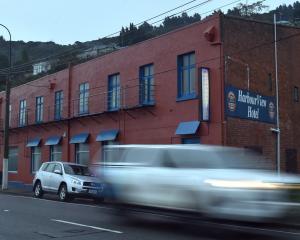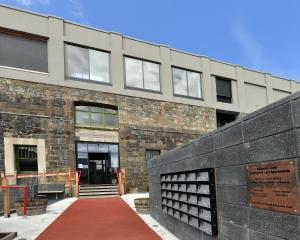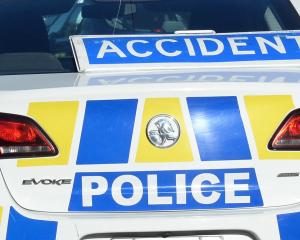Raw sewage entered Dunedin's floodwaters through a combination of intense rainfall, cracked old foul sewer pipes, and an overflowing stormwater system, the Dunedin City Council's group manager for water and waste, Laura McElhone said.
When the stormwater system became overloaded and flooding began, water rose above the foul sewer gully traps each Dunedin property had.
Those traps were designed as emergency overflow points to ensure blockages in the foul sewer system did not lead to sewage ejections from toilets, Dr McElhone said.
But when covered with water, the small gaps in the traps were enough to let water into the foul sewer system.
Some of Dunedin's 100-year-old earthenware foul sewer pipes were cracked, and as the water table rose those cracks allowed water into the system.
The effect of so much extra water in the foul sewer system led to high pressure, eventually blowing manhole covers off and ejecting raw sewage into the street.
In Kaikorai Valley, the foul sewer system spilled into Kaikorai Stream and, when that flooded, raw sewage was transported with it.
Dr McElhone said the council was constantly improving the city's older foul sewer pipes.
It had recently completed a major upgrade in the Andersons Bay area.
Another planned multimillion-dollar upgrade would replace the old pipes in the Kaikorai Valley area.
That was expected to have a significant impact on improving the system as a whole - especially for South Dunedin - as Kaikorai Valley's wastewater all flowed underneath South Dunedin on its way to the city's St Kilda wastewater plant.












